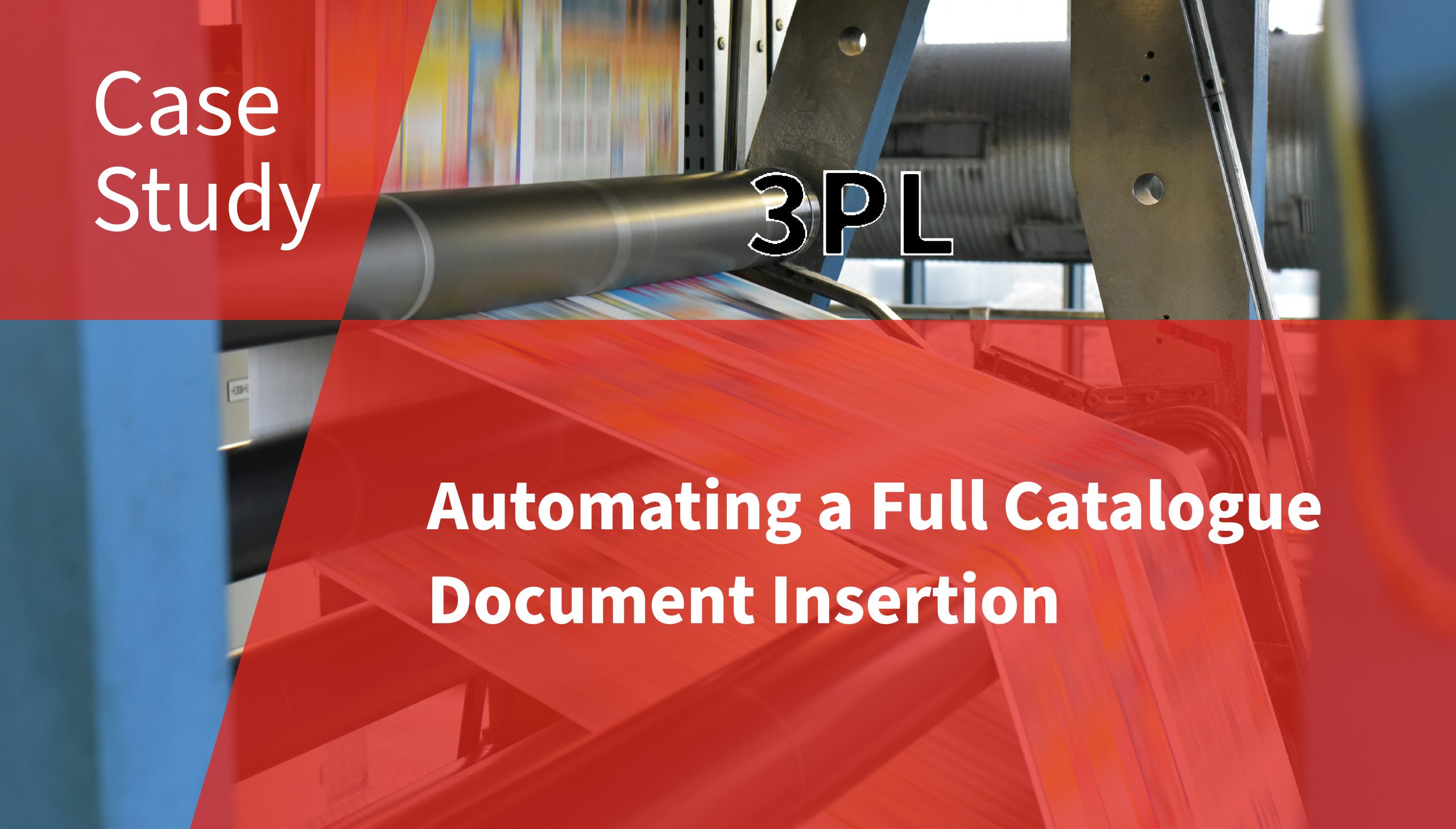PSI helped this customer keep up with orders even during peak season without having to sacrifice the customer’s unboxing experience
The Situation:
A national home décor company had gone through rapid growth in the last two years, and were now shipping on average, 3,500 orders per day. Their order fulfillment process was completely manual, as presentation of the product inside the shipping box was extremely important to their brand. Pack station operators would pack the unwrapped product into the box, then based on the order profile, insert the relevant marketing material before closing and sealing the box. The operator would then measure, weigh, and create the shipping label which was applied to the outside of the box. This process was costly as it required a minimum of 15 packers for an 8 hour shift just to meet minimum demand.
Issues and costs started to compound as the company ramped up its online promotions, the order backlog would take two or three days to clear the volume. This backlog caused packers to rush, resulting in human errors in the packaging and the shipping label creation. The company was forced to put in additional packing stations for temporary labor to manage these demand spikes, taking up more of their valuable warehouse space. In addition, with delivery times being pushed out, customer complaints were on the rise, and customer satisfaction, a closely monitored operational KPI, was showing a troubling downward trend.
The Recommendation:
The customer approached PSI wanting to turn their pack station into a pack line, automating the most time consuming, error-prone transactions. As the presentation of the product in the box is highly important to this customer and the product had to be displayed in a certain way to the end customer, PSI recommended that they keep the product packing and void fill as a manual step, but automate all downstream packaging steps. With the open boxes being placed onto a conveyor line with the product inserted, a Print Feeder was used to print on demand and insert the packing slip; LC Feeders were used to insert specific marketing materials, and then the box was closed and sealed, dimensioned, and a label was printed and applied onto the box, ready for shipping.
The Results:
This simple semi-automatic pack line was able to reduce the processing time of each order by more than one minute, increasing the capacity of their order fulfillment from 3,500 per day to over 6,000 orders per day. In addition to this throughput increase, the customer was able to reduce their non-peak pack station labor from 15 staff to 6, and immediate positive impact to the profitability of the department.
This hybrid solution of part manual, part automated order fulfillment ensured that the orders were fulfilled as quickly and accurately as possible without sacrificing the attention to detail a human operator puts into the packaging and presentation of the final product.


